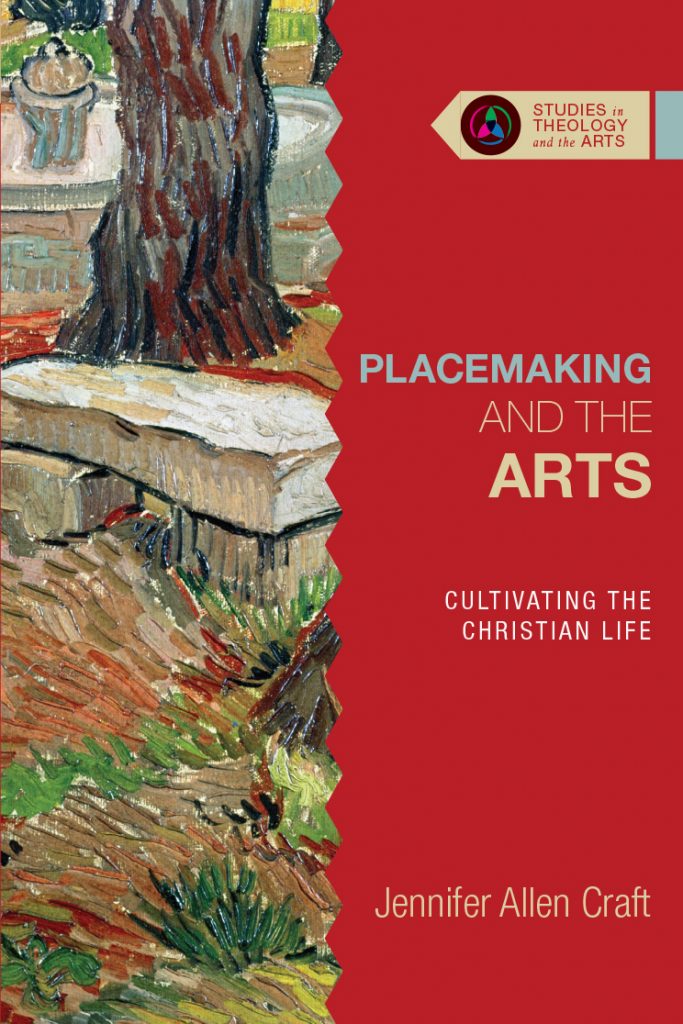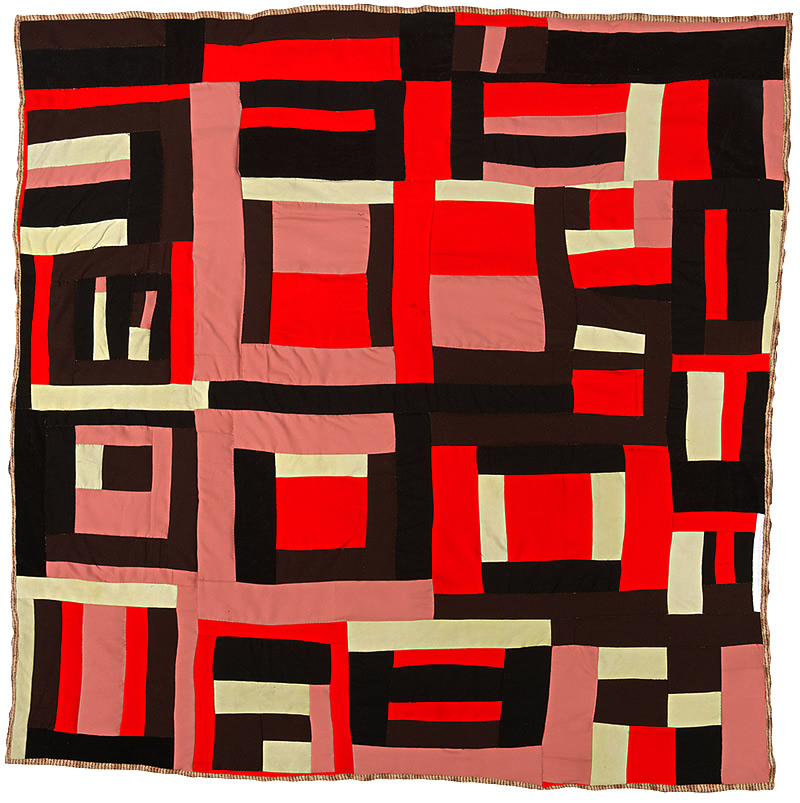
Cultivate. Give order. Name. Attend. Reveal. Craft a parable. Homestead. Welcome. In Placemaking and the Arts: Cultivating the Christian Life (IVP Academic, 2018), Jennifer Allen Craft offers these paradigms and more for understanding how the visual arts can train us to be placemakers as we inhabit the natural world, places of worship, civil society, and our own homes. Recognizing the Christian life is a pilgrimage toward “life together in a fully emplaced kingdom economy” (232), Craft argues that such a journey to the kingdom can only happen if we dwell lovingly in the places we create along the way.
Craft draws her rich vocabulary of placemaking from Wendell Berry, Marc Augé, Walter Brueggemann, James K.A. Smith, Witold Rybczynski, and many others. In her dialogue with these thinkers, Craft’s argument achieves synthesis more often than originality, but it is nonetheless a valuable book for anyone interested in the creation of places which make their inhabitants more human. As a contributor to IVP Academic’s Studies in Theology and the Arts, Craft grounds her argument in biblical narratives and pursues the ethical implications of these patterns. Her chapter on the arts and the natural world, for example, is typical of the whole study: she first explicates how visual arts can recreate Adam’s naming of the animals in Eden, thereby allowing us to see the world differently and to affirm the goodness and beauty of creation. This theological affirmation, in turn, should cultivate wise stewards who direct “[their] actions to respond to that goodness and beauty through the practice of love” (65). Each chapter concludes with a series of short case studies featuring the work of contemporary visual artists.
This approach is particularly strong in Chapter 3, “Hospitality and Homemaking.” Here, Craft argues that a placed home can become a powerful center of hospitality, and that the visual arts can advance this work by offering examples of “homesteading” and “homemaking” to Christians. She profiles the famous quilts of Gee’s Bend, and the work of Marianne Lettieri, to show how art can teach us to see domestic work and homely crafts as imagination-shaping liturgies (106). This renewed imagination, in turn, creates homes that embody biblical patterns of hospitality, combatting the “placeless and consumerist” impulses of a fundamentally homeless culture (100).
In Placemaking and the Arts, Craft offers a compelling, densely-woven argument that remains human-centered throughout. Indeed, she traces her project to her “personal response” to the homesickness she experienced as a doctoral student, pursuing her degree far from home (1). One could wish, in fact, that she had extended her argument on placemaking to the classroom, arguably a site of geographic–if not cultural and spiritual–displacement for many students and faculty. Nevertheless, she has assembled a host of wise companions for her own journey home, and any reader eager to plant gardens in Babylon will thank her for the work she has done.




